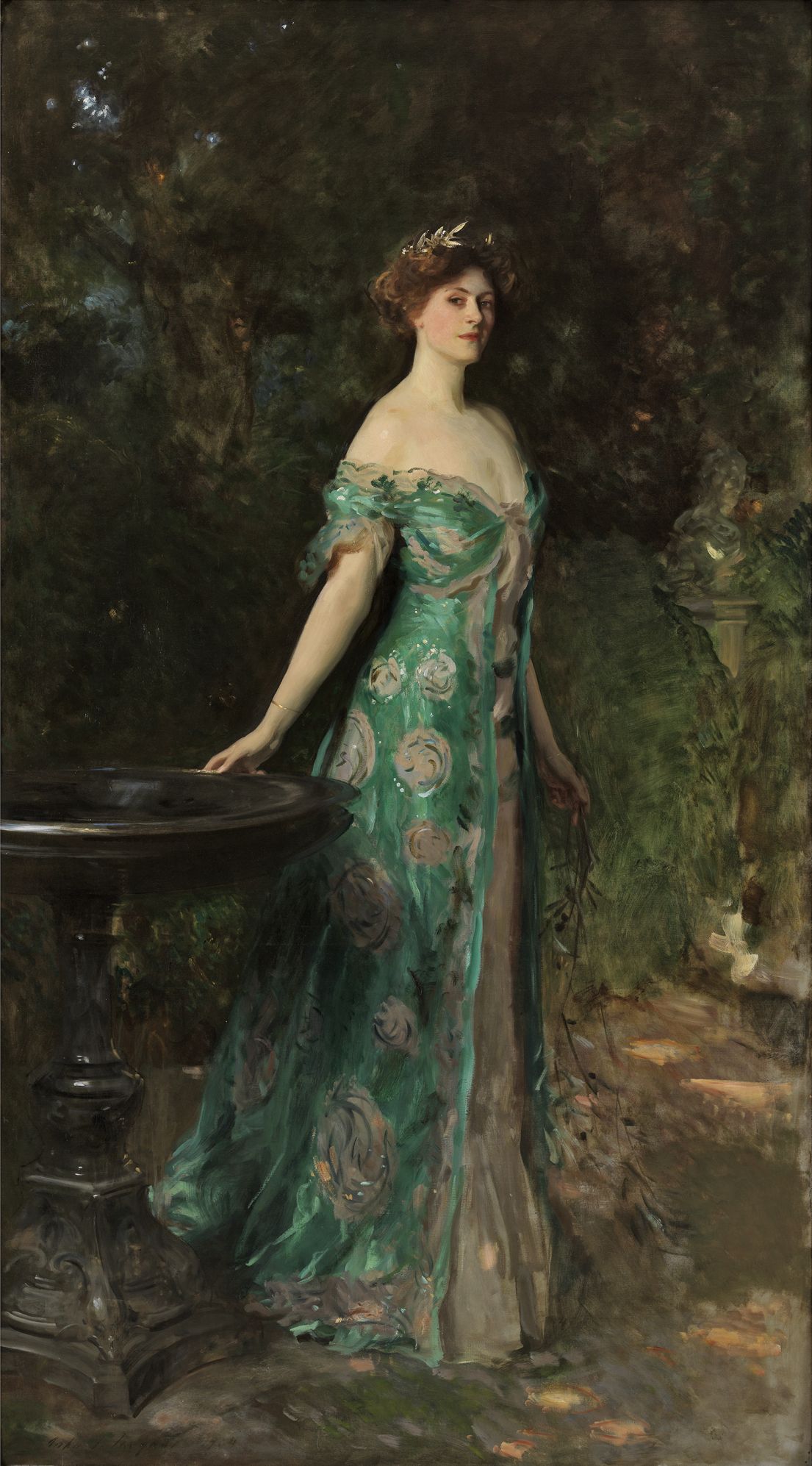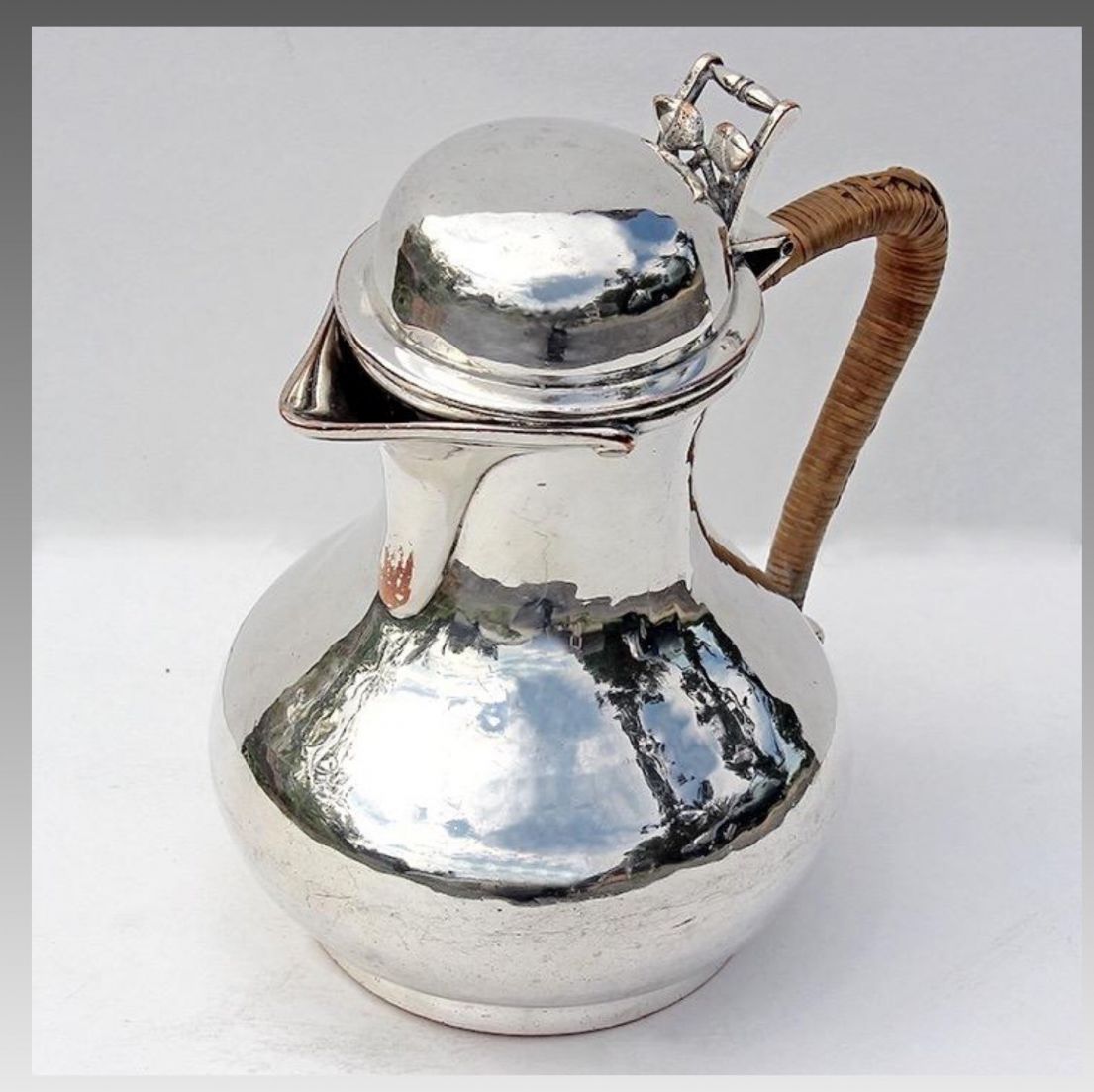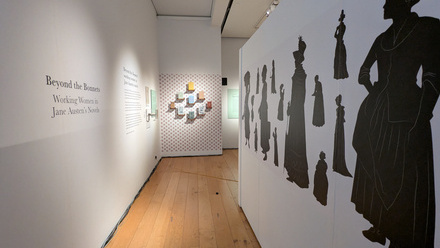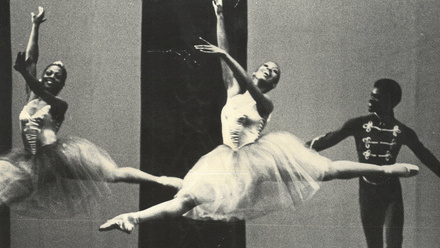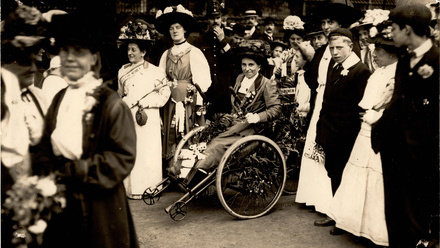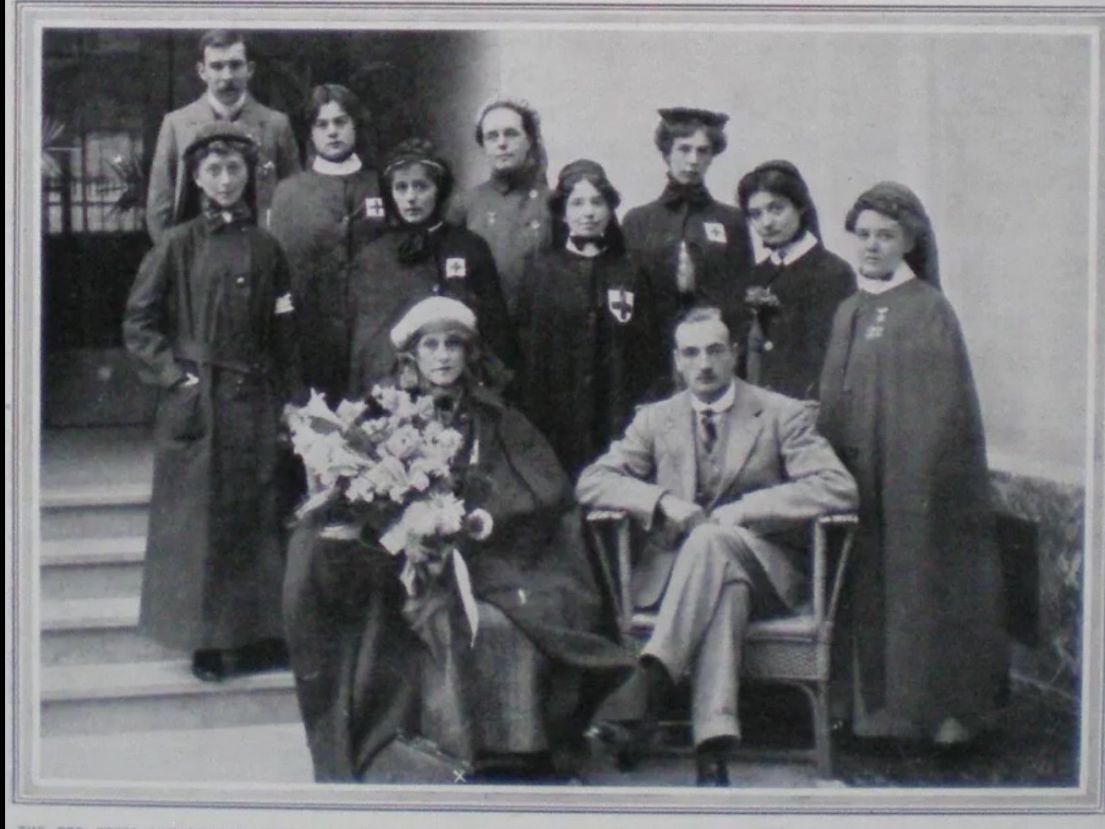
Millicent Fanny Sutherland Leveson Gower was the daughter of Robert St Claire Erskine, the Earl of Rosslyn. Born in 1867, a friend of hers said, “When she was born, a star danced in the sky”, though her mother Blanche St Claire Erskine probably disagreed as she almost died giving birth to her! Millicent was the eldest of five and inherited a formidable personality and great ambition. When she was fifteen she made up the numbers at a dinner party and sat next to Cromartie Sutherland Leveson Gower, the unmarried son of the Third Duke of Sutherland. He was smitten the moment he set eyes on Millicent. Shortly after, the family were invited to Trentham Hall in Staffordshire, one of the Duke’s many magnificent homes, and walking around Trentham Lake, Cromartie proposed to Millicent. They were married on her 17th birthday in London, and when the Third Duke of Sutherland died, Millicent became the Fourth Duchess of Sutherland. She had married into one of the wealthiest families, and largest landowner in the country. However, from residing at Trentham Hall, and working alongside her mother in the highlands of Scotland, Millicent had been introduced to the effects of poverty and hardship from an early age so she used her position to highlight and support many charities. Known as a great socialite at the end of the 19th century, royalty, aristocrats, writers, poets and artists were regular guests at her many homes and she was not reticent about badgering them to support the causes she was passionate about.
Millie the carer
Millie’s metal
One of Millicent’s lasting legacies for the people of Stoke on Trent was the setting up of The Duchess of Sutherland Cripples Guild. Many children and young adults were born with a disability or injured in the workplace and lived in abject poverty with no way to support themselves. She reasoned that if they were given training, they could then support themselves with work, rather than relying on charity hand outs. There were two strands to the organisation, which were to give training, and also to provide medical aid and appliances to the many cripples in the six towns that now make up the City of Stoke on Trent.
Millie the writer
Millicent published a number of books throughout her life. Her first in 1889, called ‘How I Spent My Twentieth Year’, is an account of her memoirs from an around the world trip with her husband. In 1899 she wrote her first novel ‘One Hour And The Next’, followed by others. She also wrote an account of her time nursing in Namur, Belgium during the first weeks of WWI, called ‘Six Weeks At The War’, based on the daily diaries that she kept at the time. Well written, it gives a truly riveting account of a country reeling under the shock invasion by Germany and what she and the townspeople endured, as the British doctor and nurses that she had personally paid for did their best under constant bombardment to nurse wounded and dying men. This piece of writing more than any other shows the true mettle of her spirit and determination.
Millie, a miscellany - did you know?
- She loved animals and had a favourite Pekinese dog called Gingko.
- She was teetotal and often spoke to groups of miners in Staffordshire about the evil of drink.
- She paid to have elocution lessons to improve her performance as a public speaker.
- She was a canopy bearer for Edward VII’s coronation.
- She can often be seen in photographs holding sheaths of flowers when she hosted balls, to avoid making handshakes which were causing what we now know was repetitive strain injury.
- During both great wars, she was captured twice by the Germans, but escaped! After WWI she was awarded 7 medals including: The 1914-15 Star, The Belgium Royal Red Cross, The French Croix de Guere, The British Red Cross
- She was friends with Douglas Fairbanks and stayed with him in Hollywood.
- When she was sixty-five, Millicent spent nine months travelling across the Andes with just her maid Janet and her dog.
Millicent married three times and suffered personal tragedy with 3 children dying early leaving just one son who survived into late adulthood. She died in France in 1955, was cremated in Paris and her ashes laid to rest in the family burial plot in Dunrobin Castle, Scotland. Read more about Millie, her extraordinary life and achievements in 'Dear Duchess' by Denis Stuart.

